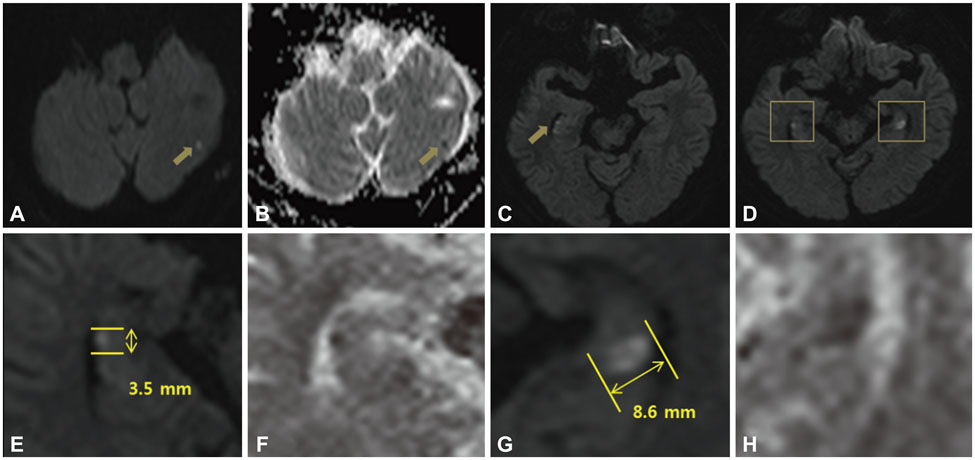Dement Neurocogn Disord.
2017 Dec;16(4):132-133. 10.12779/dnd.2017.16.4.132.
Transient Global Amnesia Caused by Bilateral Medial Temporal-Lobe Infarction
- Affiliations
-
- 1Department of Neurology, Veterans Health Service Medical Center, Seoul, Korea. hippocam@naver.com
- KMID: 2442731
- DOI: http://doi.org/10.12779/dnd.2017.16.4.132
Abstract
- No abstract available.
MeSH Terms
Figure
Reference
- Full Text Links
- Actions
-
Cited
- CITED
-
- Close
- Share
- Similar articles
-
- Transient Global Amnesia Associated With Coil Embolization of Cerebral Aneurysm
- Insular Infarction Presenting With Transient Global Amnesia
- Transient Global Amnesia With Unilateral Hippocampal Lesions and Contralateral Temporal Spikes
- A Clinical Study of Transient Global Amnesia
- Transient Global Amnesia Due to Hippocampal Infarction


